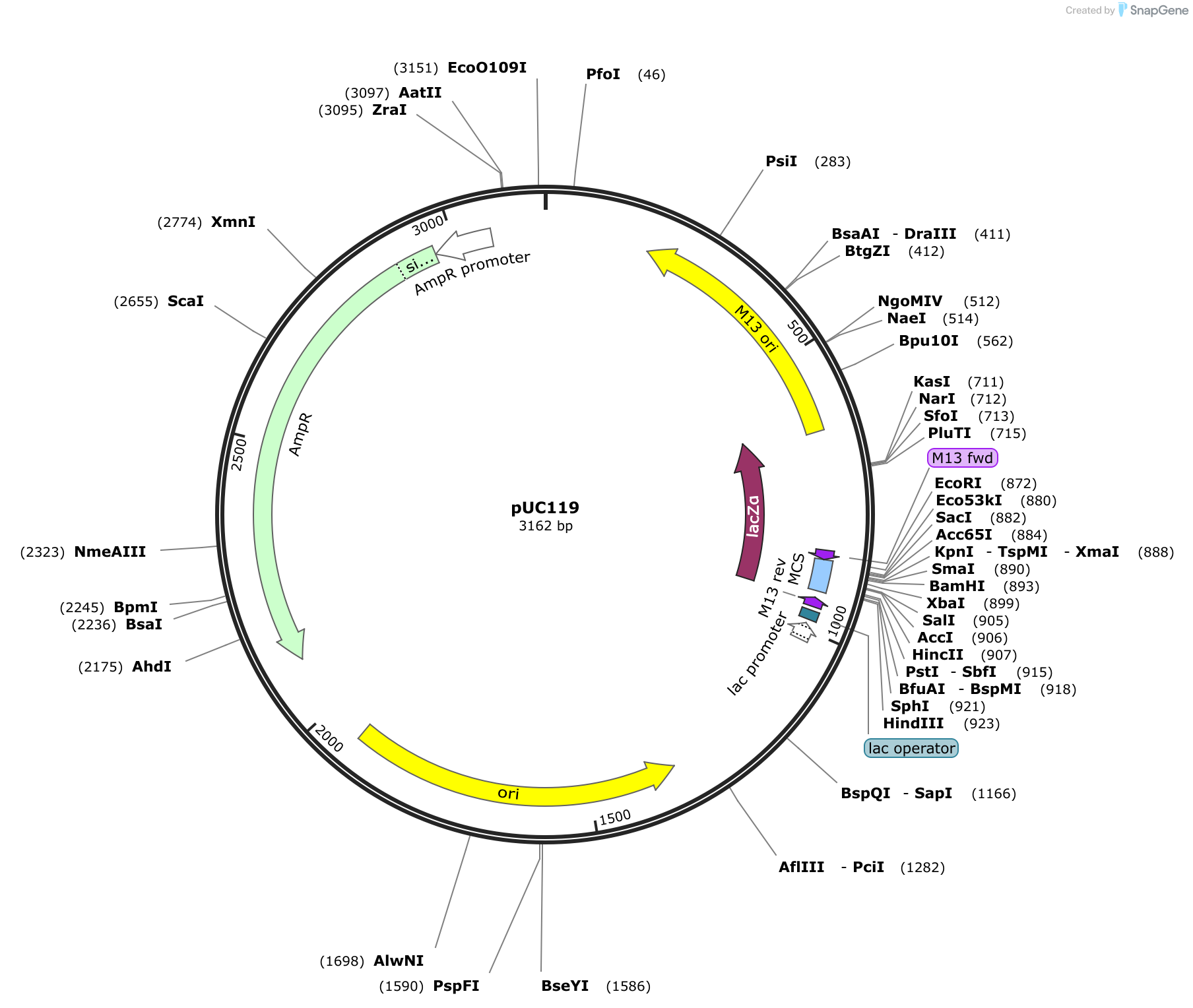

Later on, this NeuroD1-mediated astrocyte-to-neuron (AtN) conversion technology has been successfully applied in stab injury model to reverse glial scar tissue back to neural tissue (Zhang et al., 2020), and in ischemic stroke model to regenerate neural tissue and promote functional recovery (Chen et al., 2020 Tang et al., 2021). For example, we have first demonstrated that expressing a single neural TF NeuroD1 in 14-month-old mouse model for Alzheimer's disease can directly convert reactive astrocytes into functional neurons (Guo et al., 2014). With this powerful neuronal conversion technology, researchers have attempted to repair damaged neural tissue and restore lost neuronal connectivity in multiple disease models. Previous studies, including our own, have demonstrated that ectopic expression of transcription factors (TFs) can reprogram glial cells into neurons (Chen et al., 2020 Gascon et al., 2016 Ge et al., 2020 Guo et al., 2014 Heinrich et al., 2014 Li & Chen, 2016 Liu et al., 2020 Liu et al., 2015 Puls et al., 2020 Rao et al., 2021 Su et al., 2014 Torper et al., 2015 Wu et al., 2020 Xiang et al., 2021 Zhang et al., 2020).

Therefore, it is pivotal to develop remedies for neuronal replenishment and functional recovery after neuronal loss. Once injured, adult CNS has very limited regeneration capability. Mammalian central nervous system (CNS) is the control panel for the whole body, yet prone to heterogeneous traumas as well as pathological neurodegeneration. Together, this study reveals many important downstream targets of NeuroD1 such as HES6, BHLHE22, INSM1, CHRNA1/3, CABP7, and SSTR2, which may play critical roles during the transcriptomic landscape shift from a glial profile to a neuronal profile. Compared to chemical conversion, we found that NeuroD1 acted as a strong driving force and triggered fast transcriptomic changes during astrocyte-to-neuron conversion process. Gene co-expression analysis identified many central genes among the NeuroD1-interacting network, including CABP7, KIAA1456, SSTR2, GADD45G, LRRTM2, and INSM1. NeuroD family members (NeuroD1/2/6) and signaling pathways (Wnt, MAPK, cAMP) as well as neurotransmitter receptors (acetylcholine, somatostatin, dopamine) were also significantly upregulated. We found that following NeuroD1 overexpression, astroglial genes (ACTG1, ALDH1A3, EMP1, CLDN6, SOX21) were significantly downregulated, whereas neuronal genes (DCX, RBFOX3/NeuN, CUX2, RELN, SNAP25) were significantly upregulated. Here, we used RNA-sequencing technology to capture the transcriptomic changes at different time points during the reprogramming process. Ectopic expression of a single neural transcription factor NeuroD1 can reprogram reactive glial cells into functional neurons both in vitro and in vivo, but the underlying mechanisms are not well understood yet.


 0 kommentar(er)
0 kommentar(er)
